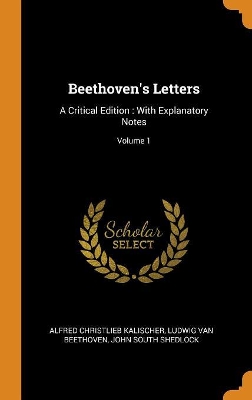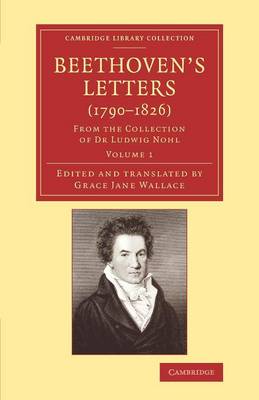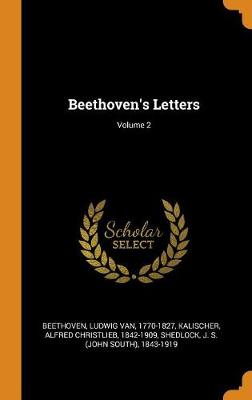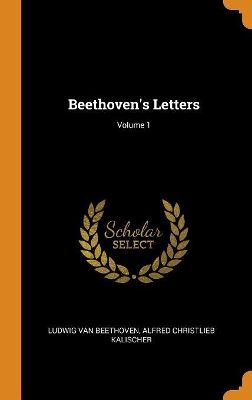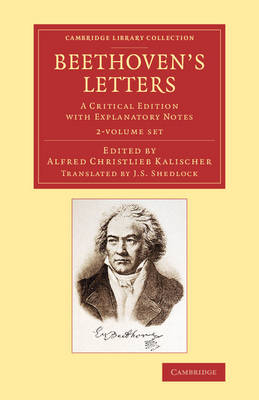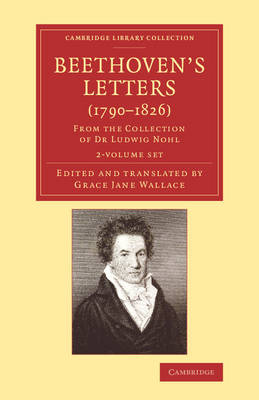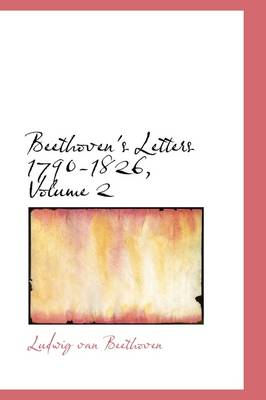Cambridge Library Collection - Music
2 primary works • 8 total works
Volume 1
Beethoven's Letters
by Alfred Christlieb Kalischer, Ludwig Van Beethoven, and John South Shedlock
Volume 1
Beethoven's Letters; Volume 2
by Ludwig Van Beethoven, Alfred Christlieb Kalischer, and J S 1843-1919 Shedlock
Beethoven's Letters; Volume 1
by Ludwig Van Beethoven and Alfred Christlieb Kalischer
